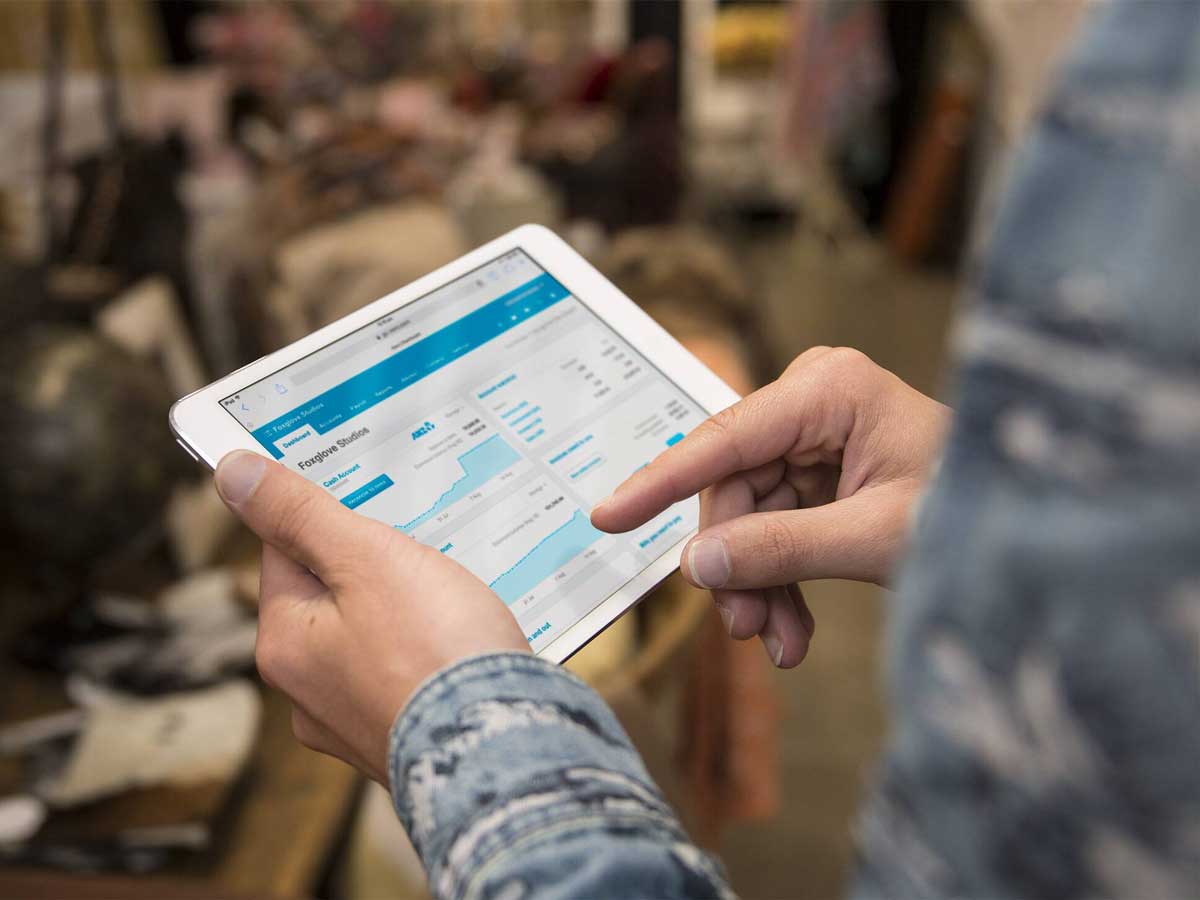
How Xero is shaking up the accounting software landscape
 Since cloud-based software streamlines the accounting process, it frees up time to spend quality advisory time with clients (Shutterstock/LStockStudio)
Since cloud-based software streamlines the accounting process, it frees up time to spend quality advisory time with clients (Shutterstock/LStockStudio)
A few decades ago, accounting underwent a major transformation with the move from paper ledgers to electronic software. As one article points out, “The accounting process was made much more efficient with the power of the desktop computer behind it.”
Now, another major shift is taking place with the global transition to cloud-based accounting. [See 3 things you need to do before moving to the cloud]
With the cloud, applications and data—in this case, the accounting software you are using, along with client data—are hosted on remote servers, rather than a single desktop computer. As long as you have an internet connection, you can access everything you need to serve a client remotely, and you can do it whenever it is convenient.
Since cloud-based software streamlines the accounting process, it frees up time to spend quality advisory time with clients. And as Michael Kravshik, founder and CEO of Luminari, points out, it also creates an opportunity to become an expert in the technology itself—a useful skill to acquire if you want to create added value for clients or even to improve your own systems.
While there are a number of cloud-based accounting software providers on the market, Xero is one of the oldest. For that reason, we are using it as an example of how such software works.
A SINGLE SOURCE OF TRUTH
Launched in New Zealand in 2006, Xero claims to be the world’s first cloud-based general ledger. As Will Buckley, Canada country manager for the company, explains, the idea originally came from a desire to create “a single source of truth” between adviser and client.
“By using the cloud, businesses could collaborate with their accountant on one general ledger in real time, rather than saving desktop files on CDs or USBs, then giving the files to the accountant at the end of the year,” he says. “Having that single source of truth and collaborating on one general ledger in real time proved to be really powerful. It changed the conversation from being historical to being forward-looking.”
After its start in New Zealand, Xero quickly moved into Australia, and is now the market leader in New Zealand, Australia and the U.K. And as Kravshik explains, it has also “taken Canada by storm” in just two years. In North America alone, its client base includes 195,000 companies.
 Xero has integrations with about 800 apps, including Shopify and Paypal (Image courtesy of Xero)
Xero has integrations with about 800 apps, including Shopify and Paypal (Image courtesy of Xero)
CREATING CONNECTIONS
To show how Xero works and the steps involved in setting it up, Buckley takes the example of a corner store. “It might have its desktop software, and it might have an accountant it sees for quarterly sales tax returns, annual tax returns, and so on,” he says. “So it would start by getting a free trial of the software. Then it would bring over the store’s conversion balances or reporting balances at that conversion date. This would allow for continuity in reporting.”
Once the balances are in, the store could connect the general ledger to its bank accounts, says Buckley. “This would allow transactions to start flowing through overnight so the adviser or owner could reconcile their bank accounts the next day rather than waiting to upload a statement at the end of the reporting period.”
With the bank now connected, the store could link its operating systems to the general ledger. That way, it could have both financial and nonfinancial data flowing through to create one holistic picture of business performance. “If you are a corner store you would probably have a point of sale system,” says Buckley. “When that software is connected to Xero, operational data can automatically be reconciled back to the bank transactional data.” (Buckley adds that Xero has integrations with about 800 apps—including Shopify and Paypal—that businesses use to generate revenue and that invoice and collect payments from customers.)
But there are many other kinds of operational data that might also interest a business. A corner store might want to know how much stock it has on hand, for example. Another kind of company might want to integrate its customer relationship software to connect all of its contacts and to see how many customer support tickets have been raised. “You might see that you have x number of support tickets coming through each month, and you spent x amount to create your support department,” says Buckley. “So you can start to create all sorts of performance metrics around the average cost to service a customer.”
A GRADUAL PROCESS
CPAs who want to use Xero to its full potential with clients generally go through a few different steps, starting with the services they already provide. For example, with a typical relationship, you might start by doing end-of-year tax preparation as well as monthly or quarterly GST and HST preparation. But then you might offer to prepare a budget for the next financial year—thereby turning the end-of-year discussion into a forward-looking one. From there, you might gradually move into more complex advisory areas, such as capital raising for startups and virtual CFO services for growing businesses.
At some point, you might also take on more of a tech advisory role, advising clients on the types of apps they might want to integrate into their general ledger software, for example. “Obviously, you need someone who is quite sophisticated in dealing with that integration work,” says Buckley. “A lot of accountants who are really good at reconciling data end up becoming experts in those apps. They can start to advise businesses on how to adopt some of those new technologies.”
VALUE-ADDED ADVICE
Buckley points out that when you ask most accountants why they got into public practice, they usually say they wanted to help their clients succeed with their businesses—a laudable goal, given that 50 per cent of businesses in Canada fail within the first five years. And with time-saving tools such as cloud-based software in place, there is more time to do this. “You can end up coaching that business owner through all sorts of strategic problems,” says Buckley.
Buckley adds that, as a CPA, your recommendations are likely to be heard. “I like to use the example of Netflix,” he says. “It makes all sorts of recommendations on what you can watch, based on your viewing history. But if a friend says you would probably like a certain show, you are going to go and search for it, regardless of what Netflix recommends.”
MOVING TO THE CLOUD
Want to learn more about cloud computing? CPA has resources that can help, Including Cloud computing: a primer, Cloud computing for small and medium-sized practitioners (SMPs): Key benefits and risks and Cloud computing: Benefits and risk management.